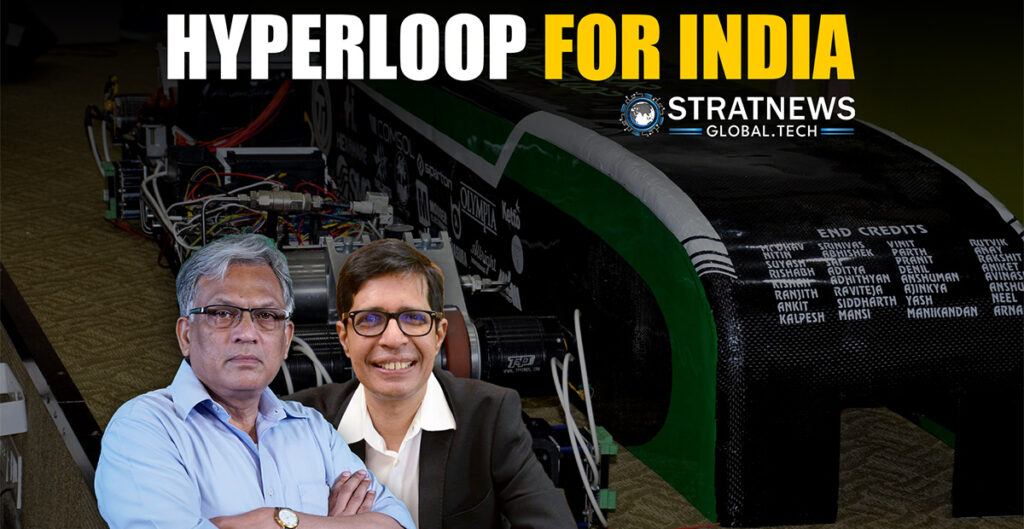Dr V Kamakoti, Director of IIT Madras, appears to have no doubts about hyperloop technology even though it has not worked in some other countries. Billionaire entrepreneur Elon Musk among others, tried and gave it up.
“Hyperloop is a technology which involves multiple disciplines. There are many important parameters that need to be considered while constructing a Hyperloop,” he said, “and we are very confident that as a technology, we are able to demonstrate the capabilities of high speed transportation and are also very confident that it can be commercialized.”
Madras IIT has been working on hyperloop technology for the last five years, an initiative funded by the Railways to the tune of over $1 million.
“Everything that has come up is developed by us, including the PCBs, the electronic control system, some chips of course. In India, we could not make chip,” he said.
“We have purchased some chips and micro-controllers, but those things will change as we proceed because, you know, we are at the cusp of setting up some fabrication unit. Minus that everything including software control systems, sensors, networking, actuators, everything has been basically done in India.”
Also supporting IIT Madras in this venture is steel-maker Arcelor Mittal and L&T. Through their efforts, a 420-metre single track has been laid which will be increased to 440 metres shortly.
The hyperloop pod, when it begins commercial runs by 2027, will be mounted on this single track and aided by electro-magnets levitates while moving at speeds from 300 to 600 km an hour, Kamakoti said.
The high speeds will be because the pod, track and all are installed in a a long tube, from which all air will be removed to ensure vacuum. The pod will travel in this vacuum, thereby ensuring sustained high speed.
It will seat 28 to 50 people at a time. But the initial focus will be on cargo movement and the cost may not be more than what one currently pays for air travel.


